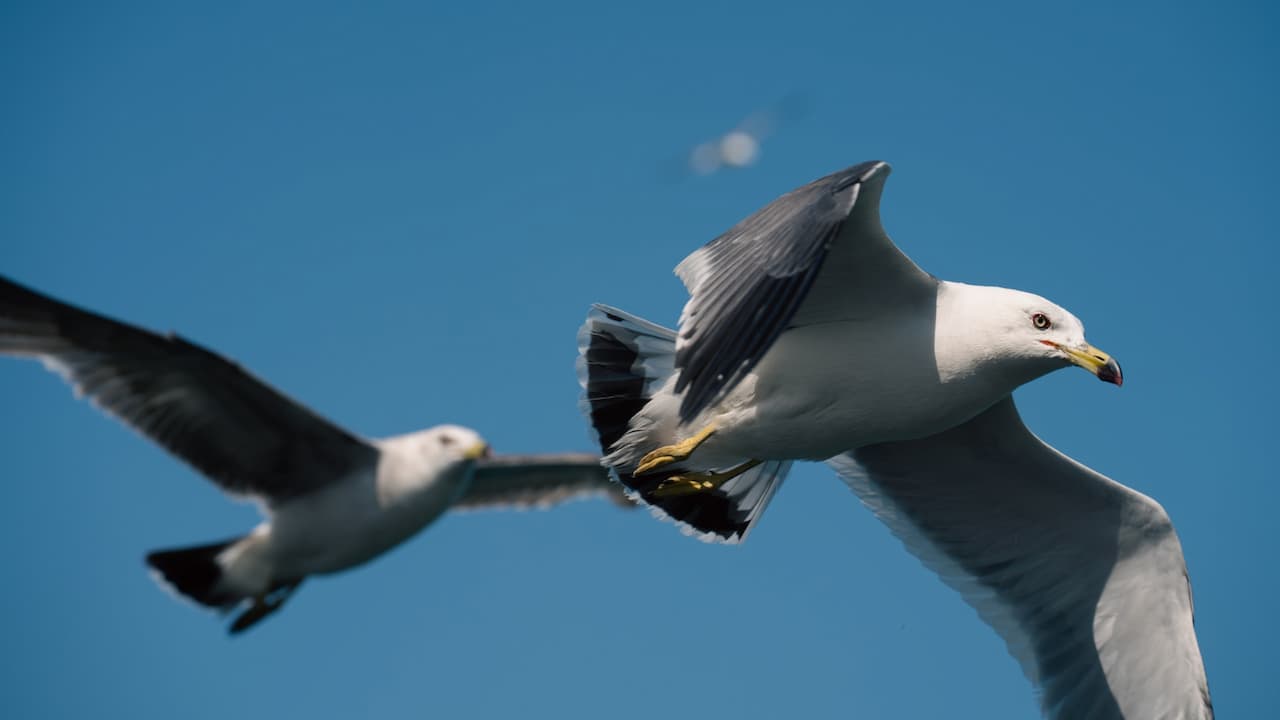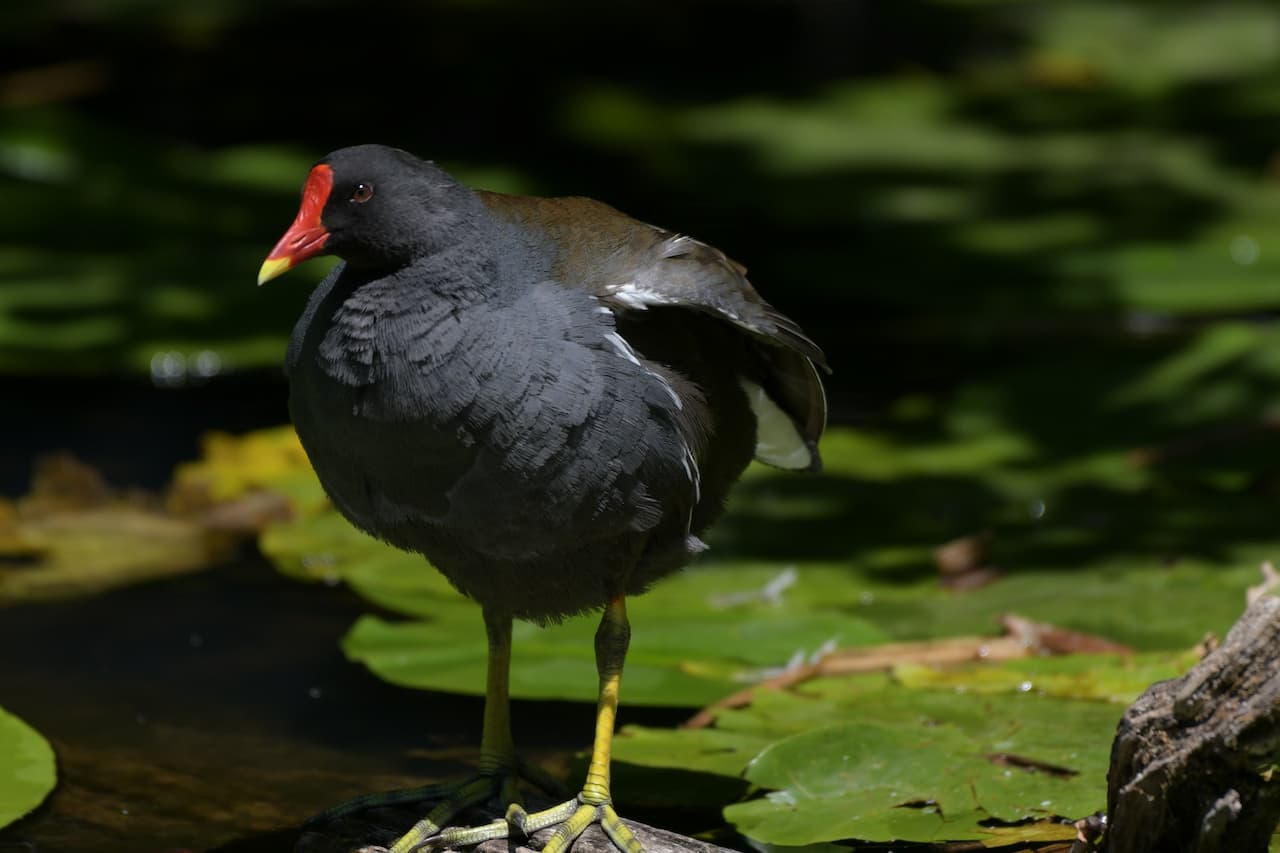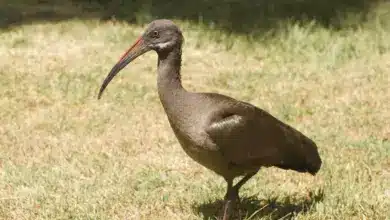Gough Moorhens
Gough Moorhens
The Gough Moorhens (Gallinula comeri) – also known as Gough Island Moorhens – are medium-sized, almost flightless birds that occur only on two remote islands in the South Atlantic.
They originated from Gough Island located in the South Atlantic Ocean between South Africa and South Australia; but in 1956, they were introduced to the adjacent island of Tristan, where they replaced the Tristan Moorhen – a species that is now considered extinct.

In 1984, the Tristan population was estimated to consist of about 250 pairs; however, it is now increasingly accepted that this is actually a recovering population of the Tristan Moorhen, rather than being members of the closely related Gough Moorhen family.
In 1983, the Gough population was estimated to be around 2,000 – 3,000 pairs; and in the mid-1990s, their numbers appeared to be stable at about 2,500 breeding pairs.
Description
The Gough Moorhen measures about 27 cm in length (including the tail) and weighs about 505 – 530 g.
The upper plumage is brown, except for the sooty black head and neck. The plumage below is black. The tail is tipped white. The beak is red at the base turning yellow at the tip. The red base continues between the eyes to the forehead. The legs and feet are an orangey red with greenish-yellow blotches.
Similar Species:
The Gough Moorhen resembles the Common Moorhen, but is smaller and stockier, and has shorter wings. It also either lacks the white plumage on the flanks, or it is greatly reduced.
The Gough Moorhen resembles the Tristan Moorhen, which is classified as extinct. .
Habitat
On Gough island, the Gough Moorhen occur mostly near the coast in boggy areas or close to streams, often in fern-bush or tussock grass.
On the island of Tristan, they are found in areas with fern-bush.
Breeding / Nesting
Most breeding activities occur between September to March. Breeding pairs defend a breeding territory around the nest site. The nest is constructed by both parents out of sticks and placed into grass.
The average clutch consists of two to five eggs. Both parents share the incubation duties. The eggs are incubated for about 21 days.
They may produce two broods a year; with the offspring of the first brood often helping to raise the second.
Diet / Feeding
Gough Moorhens typically feed on vegetable matter, seeds and invertebrates. They may also take carrion, scavenging on petrel carcasses and foraging in garbage. They also feed on the unattended eggs of burrowing petrels. They also hunt mice.





